REMA TIP TOP supplies the most comprehensive range of Valves & Valve Accessories for various industries including mining, transport, agricultural and more to meet any application for domestic and industrial settings.
From tubeless valves, valve cores and caps through to the latest in Tyre Pressure Monitoring Systems (TPMS) and workshop diagnostics tools, REMA TIP TOP offers an extensive portfolio of products and expertise to help you service the broadest range of customer vehicles.
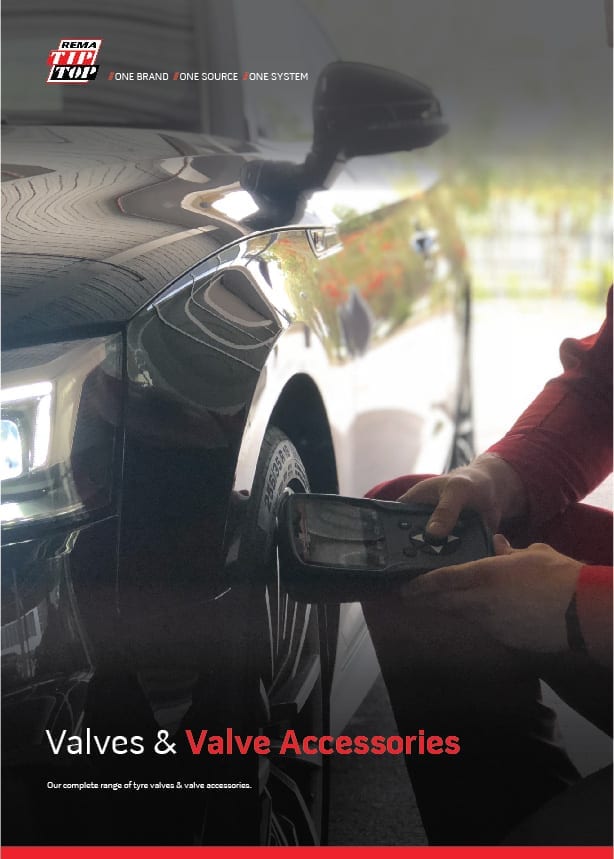
Valves & Valve Accessories Product Catalogue
To find a Tyre Pressure Monitoring System that is compatible with your vehicle, use our Vehicle Look Up Tool.
Tyre Pressure Monitoring Systems (‘TPMS’) are used to check and monitor the air pressure inside a vehicle’s tyres. They are designed to enhance vehicle safety and efficiency, using a system that alerts the driver when tyre pressure falls below the minimum value for the vehicle by displaying an alert on the dashboard. These systems can be either Direct or Indirect, depending on the vehicle.
The EU introduced laws concerning TPMS in 2012, with the aim of increasing road safety on our roads, as well as to help combat global warming and lower CO2 emissions.
It is thought that only 4% of people drive with all four tyres properly inflated – however figures from the EU show that under-inflated tyres are a contributory factor in 9% of all fatal road accidents and 41% per cent of road accidents resulting in serious injuries.
The figures also estimate that worldwide, 20 million litres of fuel are burnt unnecessarily each year due to low tyre pressure, releasing two million tonnes of CO2 into the atmosphere annually.
If the “low tyre pressure” warning light appears on your dashboard when the ignition is turned on, your vehicle will have TPMS installed.
There are two different types of low tyre pressure warning lights on vehicles. One icon is the cross-section of a tyre with an exclamation mark inside. The other is a top view of a car with all 4 tyres exposed. If your TPMS warning light comes on while driving, find a safe place to stop your vehicle where you can manually check your tyre pressures against the vehicle manufacturer’s recommended settings. These can be found in your vehicle handbook, inside the fuel filler flap or on a placard located on the driver’s door sill.
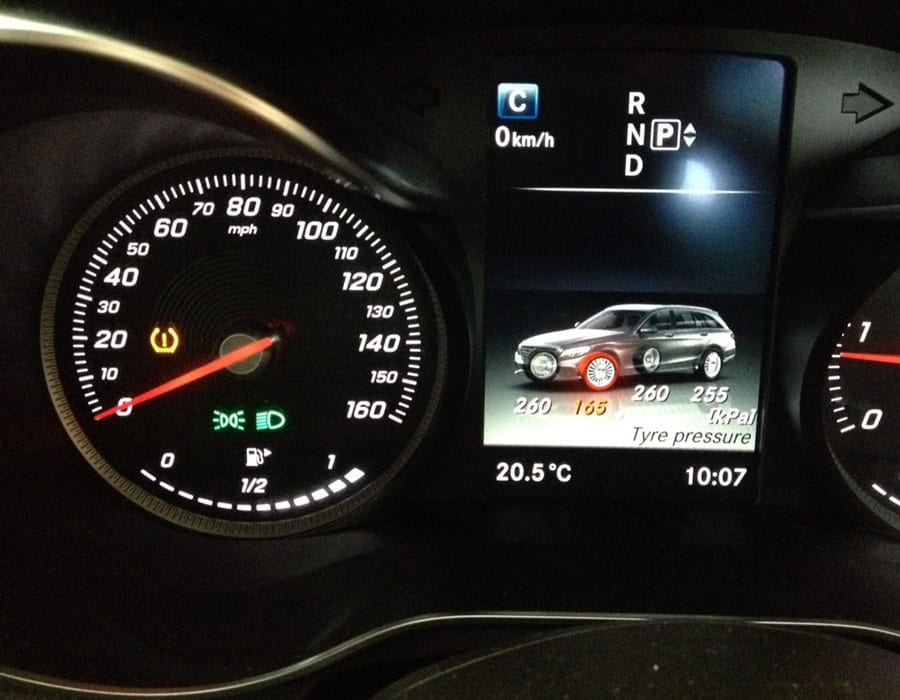
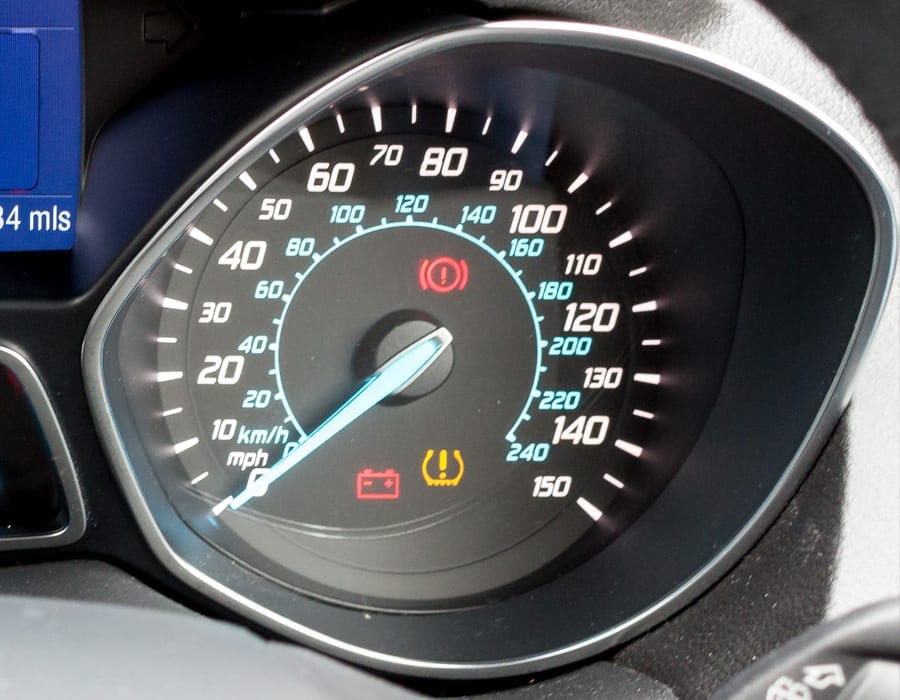
OE Sensors are ‘Original Equipment’ sensors, from the same manufacturer that built the sensors for the vehicle when it was assembled. These sensors are supplied pre-programmed, with a single vehicle protocol from the factory.
Aftermarket Sensors are replacements for the vehicle’s Original Equipment sensors. This includes OE replacement (OE-R) sensors, cloneable sensors, configurable sensors, multi-application sensors and programmable sensors.
Please use our Vehicle Look-Up Tool to check for your car’s compatible sensors.
All manufacturers recommend that when a tyre fitted with TPMS is removed, the sensor valve is serviced or replaced. This is because the valves are subjected to chemicals and road salt during the winPlease use our Vehicle Look-Up Tool to check if your current sensor has serviceable parts.ter, and are affected by metal fatigue over time.
Please use our Vehicle Look-Up Tool to check if your current sensor has serviceable parts.
A calibrated Torque tool is required as TPMS valves are made of a softer metal (aluminium), which is susceptible to damage if the correct tool is not used.
If your TPMS warning light comes on, it could mean one of the following:
This could mean a sensor is damaged or the battery has expired. It could also be the result of an extreme weather change – occasionally if the weather is very cold, this can cause a drop in tyre pressure (while heat can cause a slight increase in pressure).
Normally this means that one or more of your tyre pressures are very close to the low-pressure threshold. Overnight when your tyres are cold, the pressure will be at its lowest, which may bring the pressure either close to or below the 20% minimum pressure allowance – switching the TPMS warning light on. Once you start driving however, your tyres will warm up and the pressure will subsequently increase; turning the warning light off. Check your tyre pressures before you drive to make sure they are at the correct pressure.
Direct TPMS sensors are physically mounted onto the wheel rim and measure each tyre’s individual air pressure. When this falls below the manufacturer’s recommended level, the sensor transmits this information to the car’s on-board system and triggers the TPMS warning light on the dashboard.
Indirect TPMS is an integrated system that uses the vehicle’s Antilock Braking System (ABS) to monitor and compare the rotation speed of the wheels. If a tyre’s pressure is low, it will rotate at a different rate to the other tyres – this is then detected by the vehicle’s computer system, which activates the TPMS warning light on the dashboard. Indirect systems are widely viewed as being less accurate and less reliable than Direct TPMS.
Increases safety – According to road safety reports, incorrect tyre pressure in vehicles typically accounts for 9% of fatal accidents and 41% of accidents involving injury in the UK. Properly inflated tyres results in shorter, more reliable breaking distances, and reduces the risk of tears in the tyre surface or tyre blow-outs.
Saves fuel – The EU states that under-inflation of tyres accounts for 20 million litres of additional fuel consumed globally each year. Driving on properly inflated tyres ensures that a vehicle’s fuel consumption is as low as possible, and consequently saves money that would otherwise be spent on fuel.
Environmentally friendly – It is estimated that due to increased fuel consumption, 2 million tonnes of CO2 emissions are released into the atmosphere annually. By using TPMS and reducing fuel consumption, this helps to limit the amount of carbon emissions that your vehicle releases.
The batteries in TPMS sensors are moulded within the sensor housing and are intended for a one-use application. The batteries typically have a lifespan in excess of 7 years depending on individual driving patterns, and provided they are not exposed to corrosive environments or severe misuse.
Sometimes TPMS sensors are updated physically by the manufacturer without changing the protocols electronically. This happens often with VDO, changing from TG1B to TG1C sensors – or even sometimes having a TG1C sensor as standard, but using a TG1D when some alloy wheel options are chosen.
If your TPMS diagnostic tool cannot activate or reset a sensor, we recommend updating your tool to include the latest TPMS sensors. With a rapidly growing TPMS market, new sensors are released on a regular basis. Upgradeable TPMS tools, such as the H46, are always compatible with the latest TPMS sensors released onto the market.
Every manufacturer has a designated torque specification for the components of the metal valve service kits. Follow the specification that is specific to the service kits being sourced – most service kits provide these specifications on the individual bags the kits are packaged in. A full set of adjustable service tools should be used in the various components, including the base nut and the valve core.
The components that provide a seal have a “memory” of where it was placed and the amount of clamping force. When the old seal is taken off the rim, it is deformed and will not properly reseal when retightened. The installation of a new service kit will provide the sealing components for each applicable sensor (Clamp-In or Snap-In).
Components that require replacement when servicing sensors are highlighted in blue.
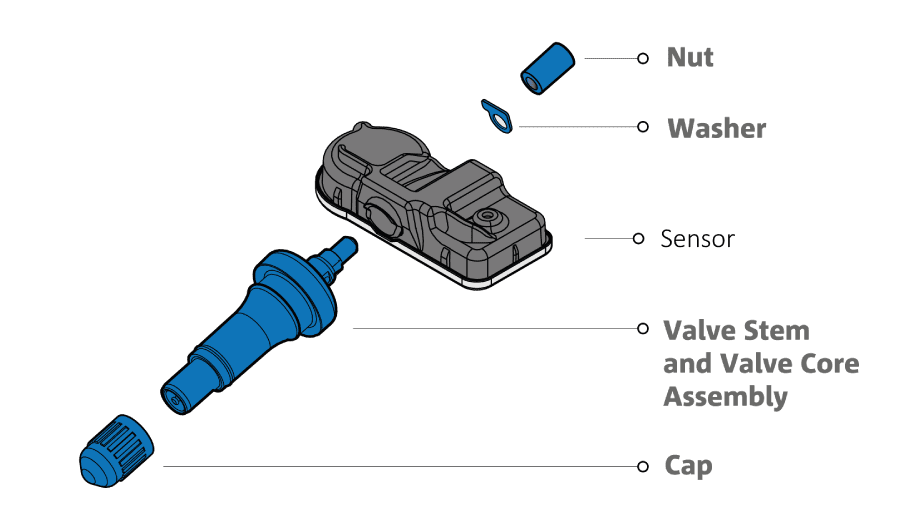
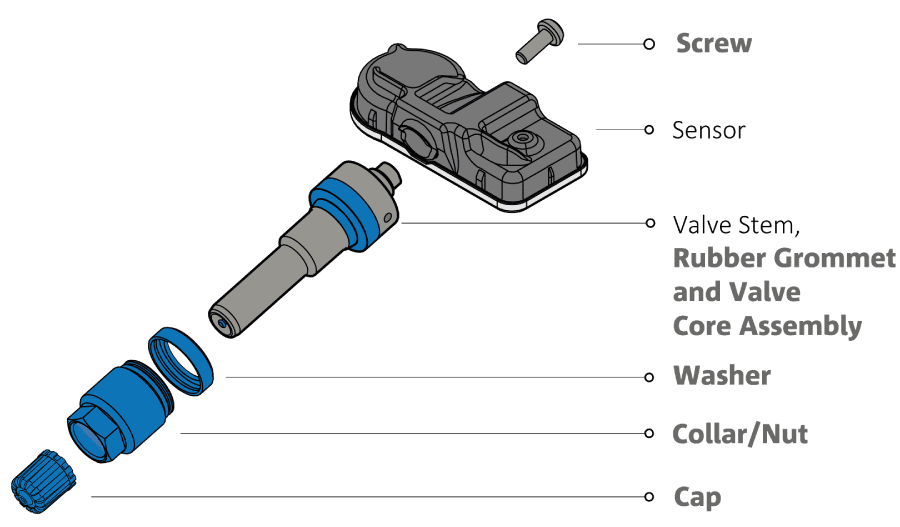
As of 1st January 2015, an inoperative or faulty TPMS sensor can cause an immediate MOT failure. EU legislation means that any car manufactured from 2012 onwards will automatically fail an MOT test, if the TPMS warning light is displayed on the dashboard.